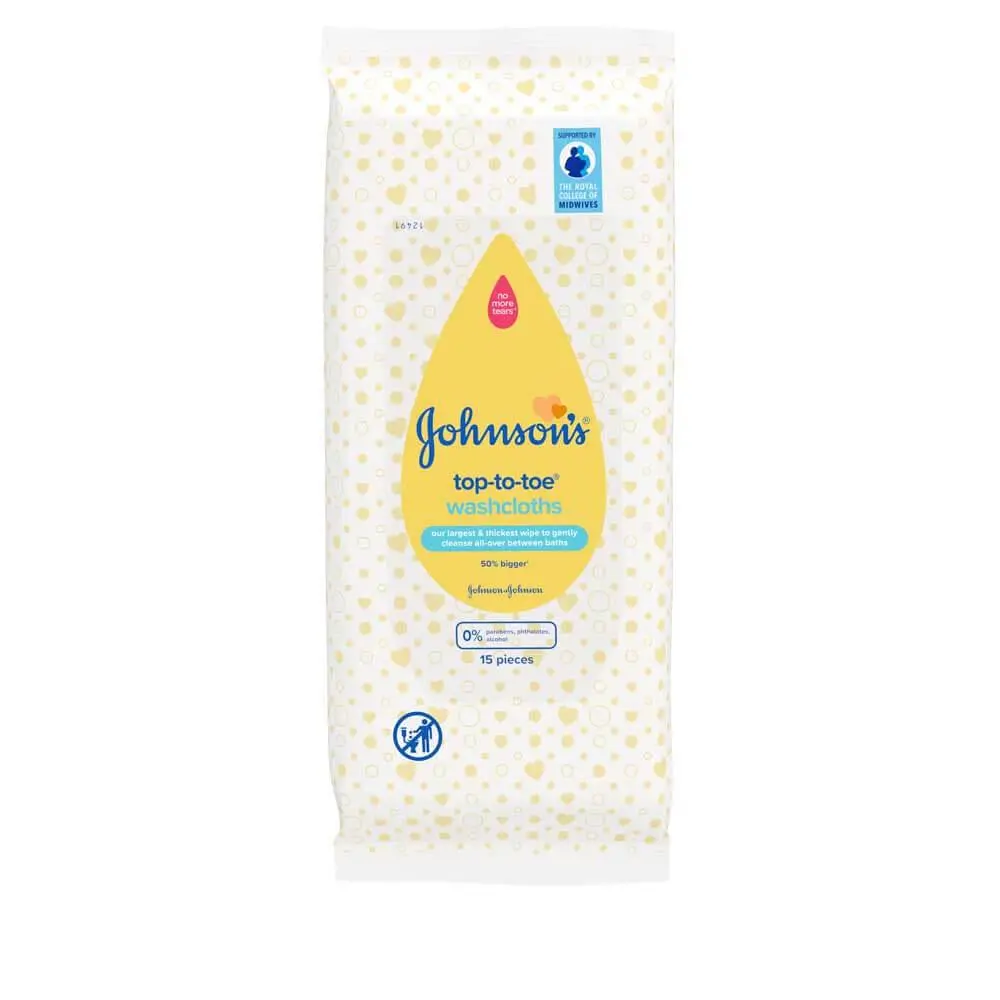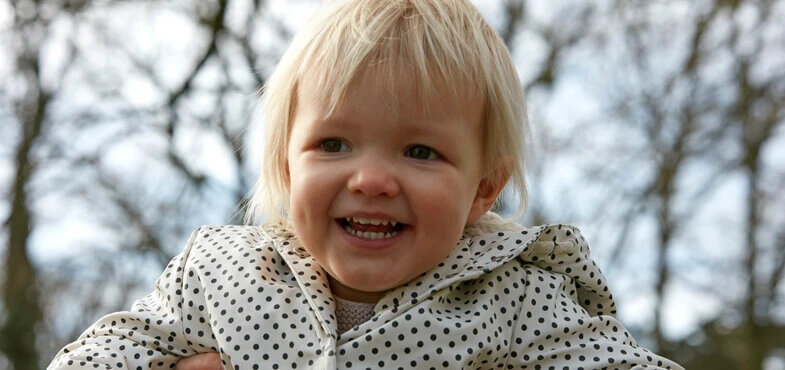The outdoors is filled with sights, sounds and tons of things to touch and explore. Spending time outside with your baby can both help their development by engaging their senses and instill a lifelong appreciation for nature.
You and your baby can head outside right away. Many healthcare professionals recommend keeping newborns away from crowded places, where germs are prevalent. But as long as you take the proper precautions, a walk outside is great for everybody — especially for tired parents!
When is it too hot, too cold or too wet to take a baby outside?
Here are some of the best ways to prepare for summer heat, wet or cold weather, wind and snow with your baby.
Summer heat: Go out in the morning or early evening to avoid the highest daily temperatures. Have baby wear a hat and light-coloured cotton clothes. Avoid direct sun and seek shade. Bring a spray bottle of water for a quick cool-down. Of course, splashing in a pool, lake or stream with your baby is refreshing too! Make sure your baby or todler drinks plenty of fluid throughout the day to avoid dehydration.
Wet or cold weather: Dress your baby in several thin layers, a warm hat, mittens and insulating shoes or socks. To make sure baby’s not getting overheated, stick your hand on his skin under his clothes and shed a layer if needed. The rule of thumb for older babies and young children is to dress them in one more layer of clothing than an adult would wear in the same conditions.
Wind: If your baby seems uncomfortable, and you can’t shield them from the wind, take them inside.
Snow: Snowflakes are magical, especially to a baby. Get a baby snow suit so they don't miss out on the fun. Hint: Look for them at second-hand shops — chances are they’ve only been used a few times.
How do I protect my baby from the sun?
The sun is our friend: it makes plants grow, keeps us warm and helps us see the world around us. But it is true that a baby’s skin is especially sensitive to the sun’s rays.
Here are some tips to help protect your baby from the sun:
Avoid the sun during the hottest part of the day between 10 am and 2 pm. Stay in the shade, and remember that reflected light can also be harmful. Water, sand and snow are three big reflectors, so just be aware of your surroundings!
Dress infants in lightweight long trousers, long-sleeved shirts and brimmed hats that shade the neck to prevent sunburn
Even on cloudy days or while riding in the car, always use a sunscreen specially developed for babies.
Babies under 6 months should be kept out of direct sunlight since their skin doesn't contain enough melanin, the pigment that helps protect our skin from the sun. The sunscreen should have an SPF of at least 15 and provide protection from both UVA and UVB rays. It should be applied before going out in the sun, and then reapplied regularly, especially after swimming or playing in a paddling pool.
But nature’s so…dirty!
Don’t be afraid if your baby gets dirty while outside. A growing number of researchers believe that good old-fashioned playing in the dirt exposes children to a myriad of bacteria, viruses and microbes that strengthen their immune systems. Mud pies, anyone?
How do I know which plants are dangerous?
Making grass whistles, eating blackberries, blowing a dandelion into the wind: most plants and flowers are delightful parts of an outdoor childhood.
For the few troublemakers, here are some tips:
Learn what poison oak, poison sumac and poison ivy look like. These are the three most common plants whose sap, when in contact with human skin, causes an allergic skin reaction. Poison ivy and poison oak both have shiny green leaves that grow three to a stem. When your child is older, you can teach them the rhyme "Leaves of three, let them be."
Be sure to consult your healthcare professional if you feel your baby is exhibiting an allergic rash.
Babies explore their world by putting just about anything into their mouth. But some plants are actually poisonous to eat. Such as Poison Ivy and Poison Oak
How do I keep the bugs away?
Not all insects are as lovely as ladybirds and butterflies. But don’t let them keep you and your baby inside.
Mosquitoes: The best way to protect against mosquitoes is to prevent them. Mosquitoes breed in stagnant water, so remove any pots or fill in any holes outside where water may collect. Then, just so you are aware, check with your local public health department to find out if there are any known mosquito-borne diseases in your area (e.g., West Nile Virus).
Ticks: Ticks live in warm and humid environments, especially in woody or grassy areas, so it’s best to avoid these environments with a baby. As a precaution, dress your baby in light-coloured clothing, so ticks can be spotted easily. Check your baby’s skin and hair for ticks when you come inside. Remember that the deer tick can carry Lyme disease and is only about the size of a sesame seed. Make sure you remove any ticks properly and consult your doctor or healthcare professional.
Stinging insects: Bees, wasps and other stinging insects don’t attack unless provoked, but babies might annoy one by accident. If your baby does get stung, it will most likely cause some swelling and pain that will be relieved in a few hours. It is important to remove the stinger — use a credit card or fingernail and gently scrape it off horizontally. Then soak a cloth in cold water and press it over the area to reduce the pain and swelling.
Allergic reaction: In rare instances, your baby may be allergic to bee stings, which is very dangerous. Symptoms of this allergy include: Rash over many parts of the body, shortness of breath, swollen tongue, hands, or face, weakness and unconsciousness. Call 999 immediately.
Insect repellent: insect repellents labeled "for the whole family" can usually be used once a child is over 2 months old. Talk with your pharmacist before using insect repellent on your baby.
Can babies get seasonal allergies, like hay fever?
This is one thing you most likely don’t have to worry about — yet. It’s rare that young babies experience seasonal allergies. Hay fever usually affects children from the age of seven, and older children and teenagers are more susceptible to the allergy than adults.

JOHNSON’S® TOP-TO-TOE® Baby Washcloths
Quick and easy bathtime anytime, anywhere.
JOHNSON'S®Pioneering Safety and Science in Baby Care
We are committed to working with Parents, Healthcare Professionals and Scientists to ensure our baby products continue to deliver high standards of safety and care.

